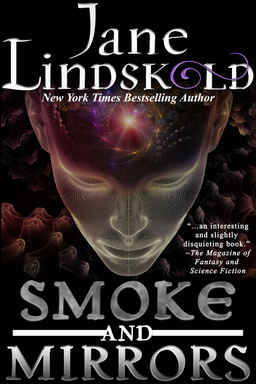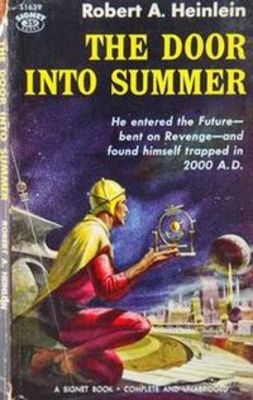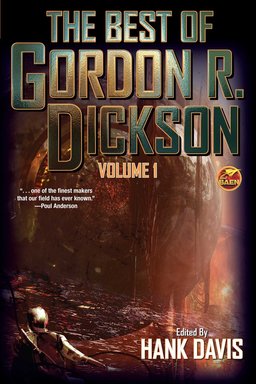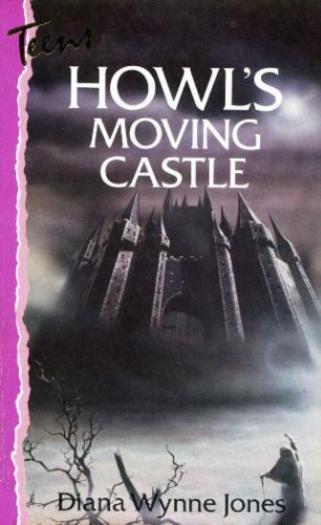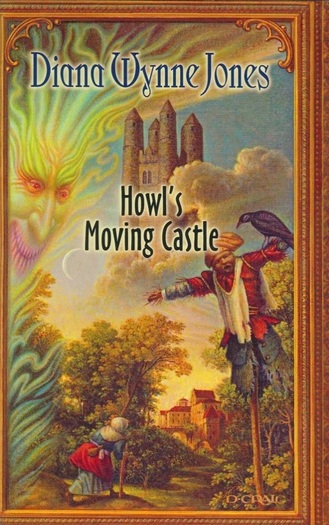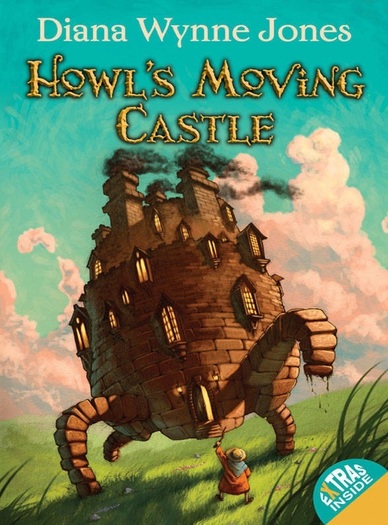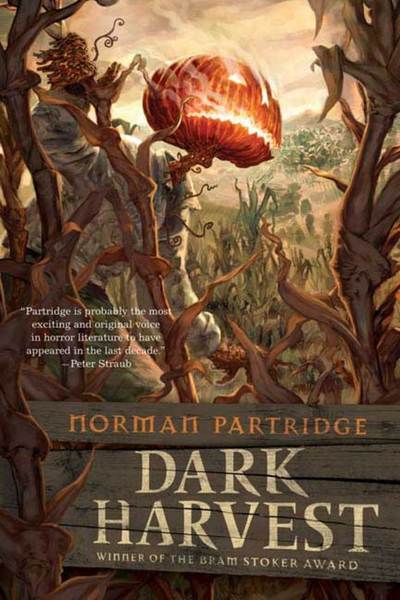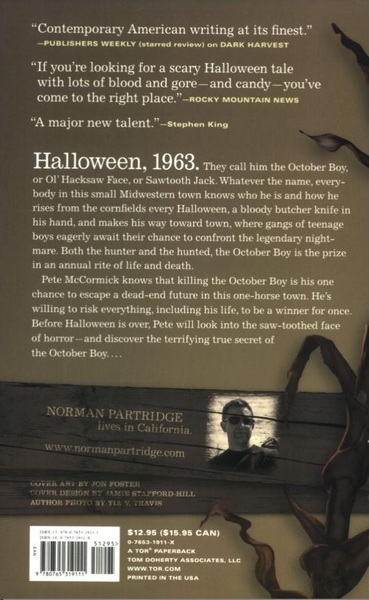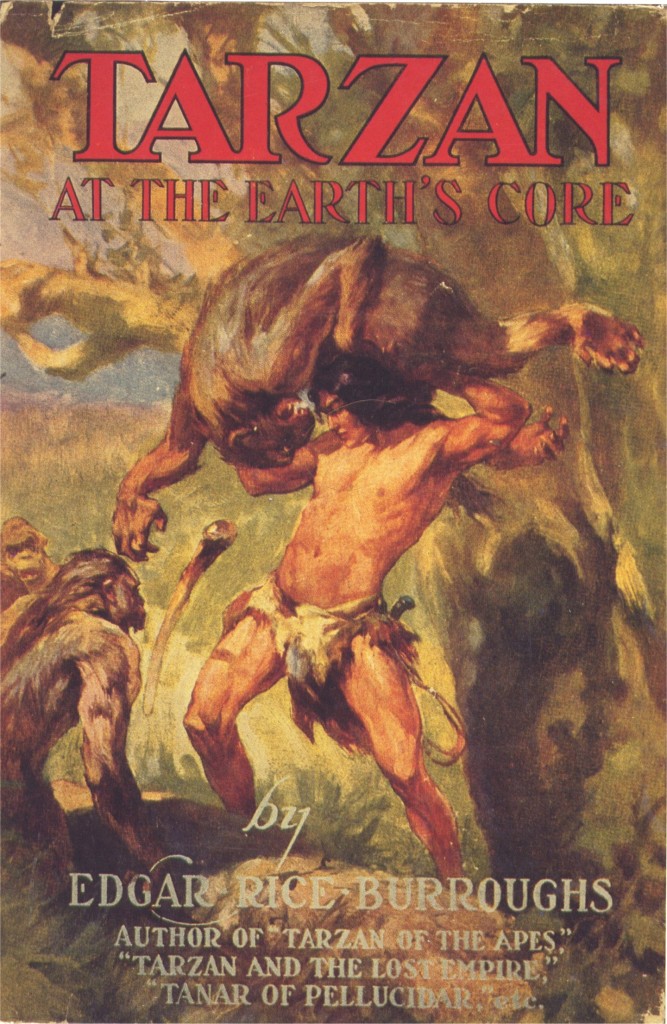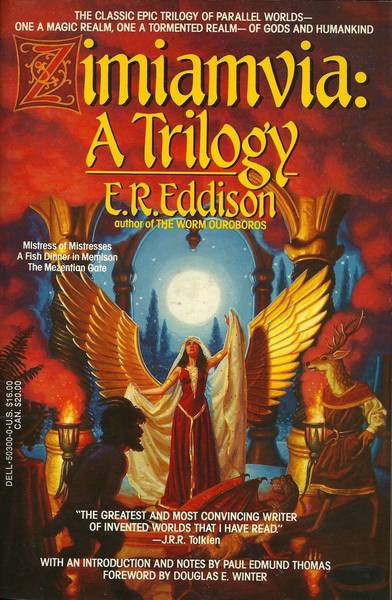Books and Craft: World Building and the Importance of Setting
 |
 |
After a longer hiatus than I had a intended, I am back with the second in my Books and Craft series of articles on the elements of story telling that make “classic” and “must-read novels”… well, classic and must-read. In my first entry, I wrote about Nicola Griffith’s science fiction masterpiece, Slow River, and Griffith’s innovative use of point of view.
Today, I turn to one of my favorite fantasy novels: Guy Gavriel Kay’s Tigana, a stand-alone epic fantasy (that rarest of all things), which first appeared in print in 1990. I actually referred to this book in my first column, while making a point that bears repeating. As with Slow River, there is no one craft element of Tigana that makes it a successful novel. Kay displays here the command of language and pacing, character development and narrative arc his readers have come to expect. Another observer might focus on one of these, or some other facet of his work, to explain why they love this novel — or any of the others he has penned in a spectacular career that now spans more than three decades.
But to my mind, the defining characteristic of Tigana, the one that established it as my favorite fantasy when I first read it so many years ago, is its magnificent world building. In creating the Palm, a hand-shaped landmass of rival kingdoms that is somewhat reminiscent of medieval Mediterranean Europe, Kay has blended religion and ritual, history and politics, cuisine and viticulture and music and art, into something so rich, so alive, so compelling, that the reader cannot help but be transported with each cracking of the book’s spine. All that unfolds in Tigana’s pages flows from this sense of place.

